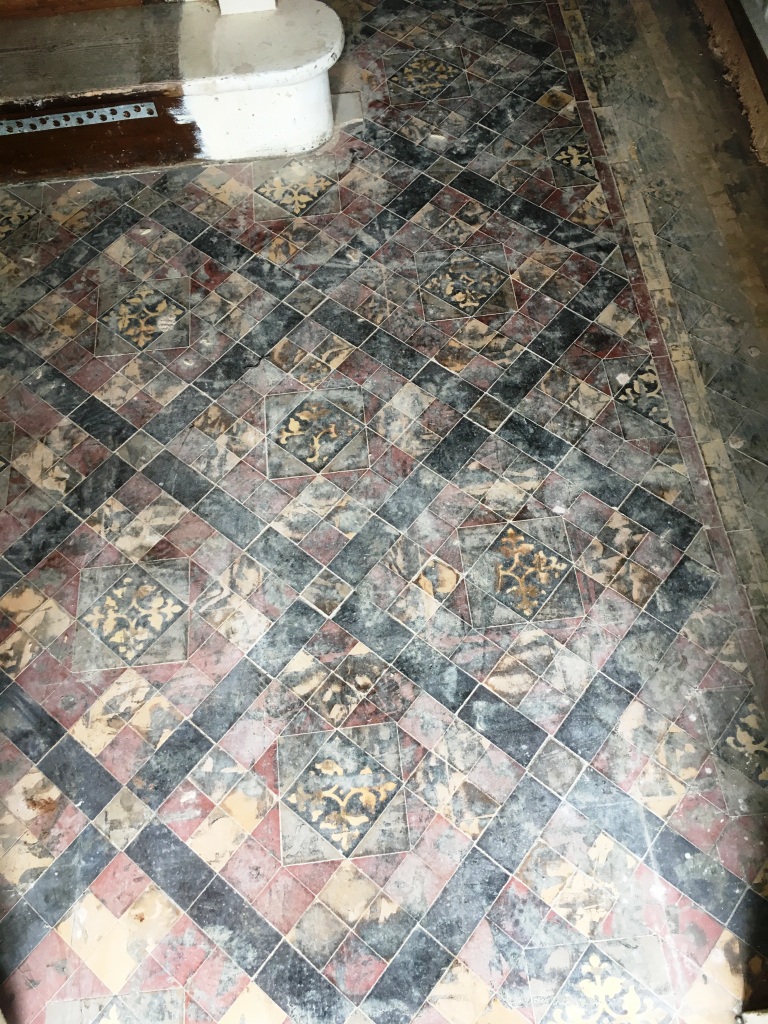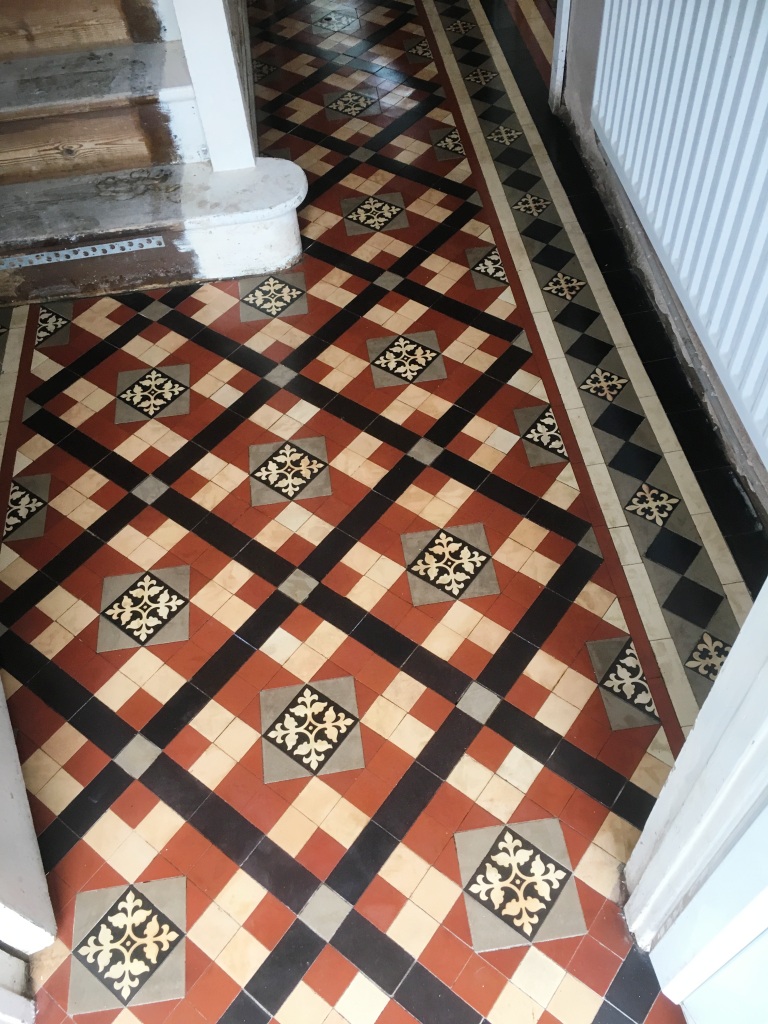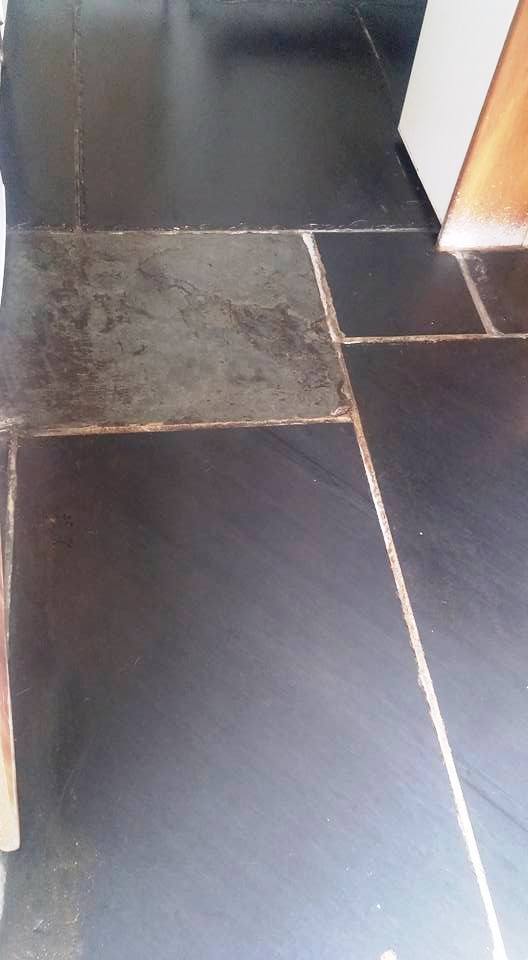Perhaps you’ve wondered whether some recipes for homemade cleaners might be effective as well. If so, we’ve got some for you to try.
1. Baking Soda, Vinegar, and Soap Recipe
Allow ¼ cup of baking soda to dissolve as you fill a container with two gallons of hot water, and when it’s almost full, add one tablespoon of dish soap. Adding the soap too early can lead to lathery water that will leave unwanted marks on floors. When these ingredients are thoroughly mixed, add ¼ cup of vinegar just before you’re ready to mop.
2. Baking Soda, Vinegar, and Oil Recipe
Mix ¼ cup of vinegar with three gallons of hot water and add ¼-cup of baking soda. Mix it well with a wooden spoon and add a few drops of essential oil to give your floor a fresh scent when the job is done.
3. Vinegar and Baby Oil Recipe
For this recipe, you’ll need to pour one cup of white vinegar into a container large enough for five gallons of hot water and add just a capful of baby oil. Heat the water you will need and fill the container after the other ingredients are added. Then, blend the contents with a wooden spoon to ensure that it’s mixed well before you use it.
For Best Results
To get the best results when using any of the above methods, there are some basic principles to follow. Always start in one corner of the room and use a broom or brush to sweep any dust or dirt from the floor. Sweep towards yourself and repeat until you’re confident that all debris has been collected in a neat pile. Do this for every section of the room until everything has been collected. Then, place a dustpan next to the pile. Use your brush to sweep the debris into the dustpan. To make sure you’ve collected it all, move the pan back a little every time you sweep up more.
Get a clean mop and soak its head in the hot solution you’ve prepared. Rinse the head and start at one corner of the floor, pushing the mop away from yourself and then bringing it back toward you. Dip the mop back into your solution every so often and rinse to ensure that you get good results. Do this for the entire floor and then give it some time to dry, or polish it with a suitable cloth.
Source: www.DoItYourself.com












